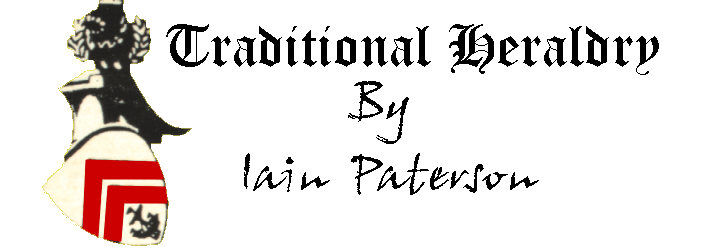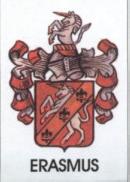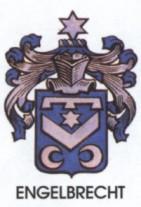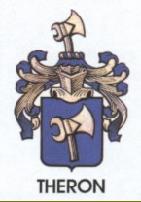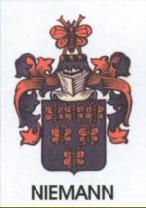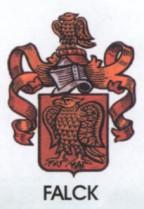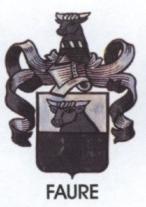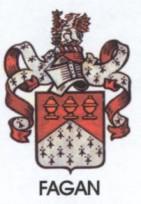|
Origins and History
Symbolic and ornamental figures similar to those of heraldry have been used as tribal or national emblems since ancient times; for example, the Romans used the eagle, and the French employed first the lion and later the fleur-de-lis. The practice of carrying personal armorial devices on shields and banners began during feudal times, when it was necessary for a knight, with his face covered by the visor of his helmet, to be recognized at a distance . In the 14th century the practice was introduced of embroidering the family insignia on the surcoat worn over the coat of mail, giving rise to the term coat of arms. In England armorial insignia were freely assumed by knights until early in the 15th century, when King Henry V restrained the practice. In 1483 King Edward IV established the Heralds' College to supervise the granting of armorial bearings. Individuals, families, kingdoms, lordships, towns, episcopal sees, abbeys, and corporations may have coats of arms.
|
|
